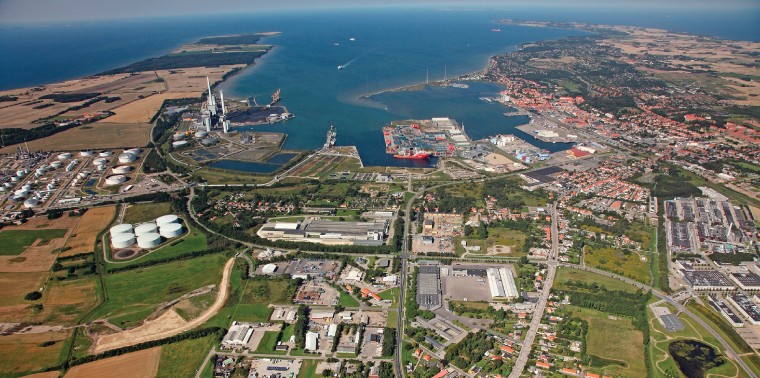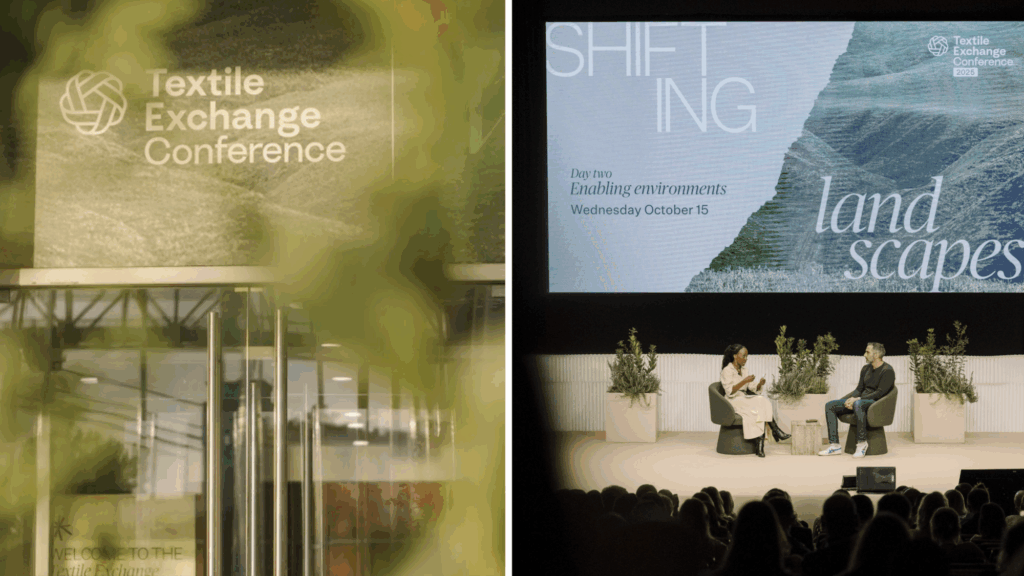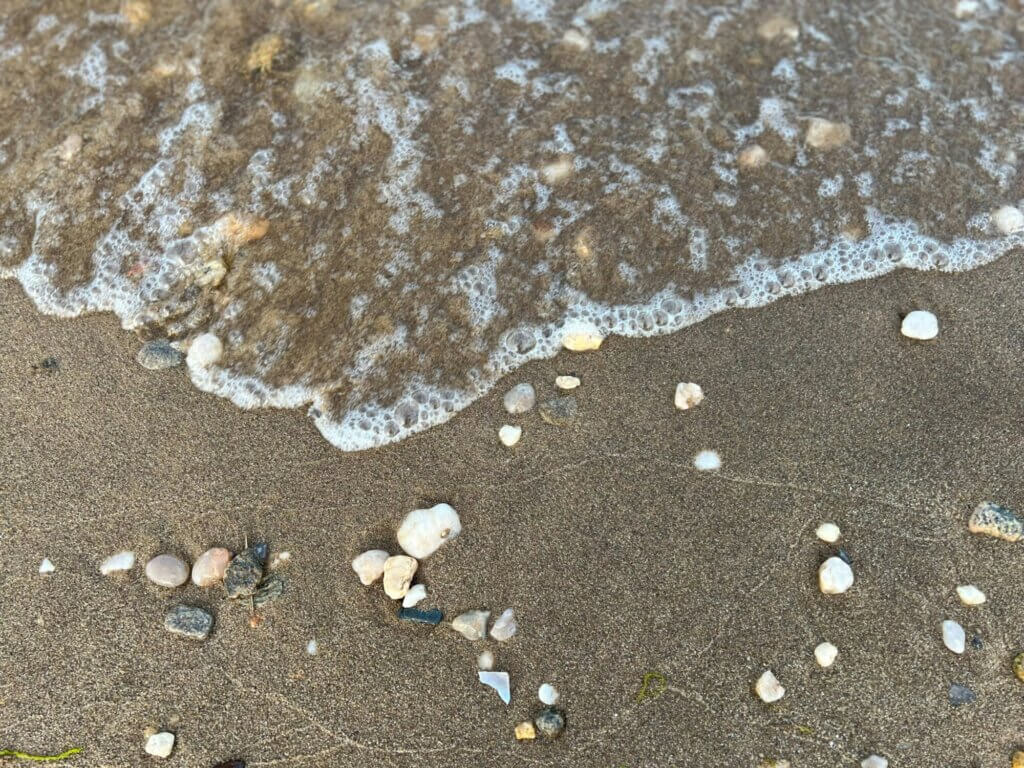
Emotional resilience is the ability to recover and adapt in the face of stress, adversity, and change. Many people develop this skill in a therapist’s office or from a self-help manual, but what if the truest teachers of resilience are outside our doors – flowing, feathered, rooted, wild?
Biomimicry is often understood as the practice of emulating nature’s forms and systems to solve human challenges. What happens when we extend this principle to include our emotional and relational wellbeing. What if ecosystems could show us how to metabolize fear, restore nervous system balance, and regenerate after trauma?
As a trauma-informed eco-art therapist working at the intersection of psychology, ecology, and expressive arts, I find myself asking: What does nature know about healing that we’ve forgotten? The answer, it turns out, is a lot.
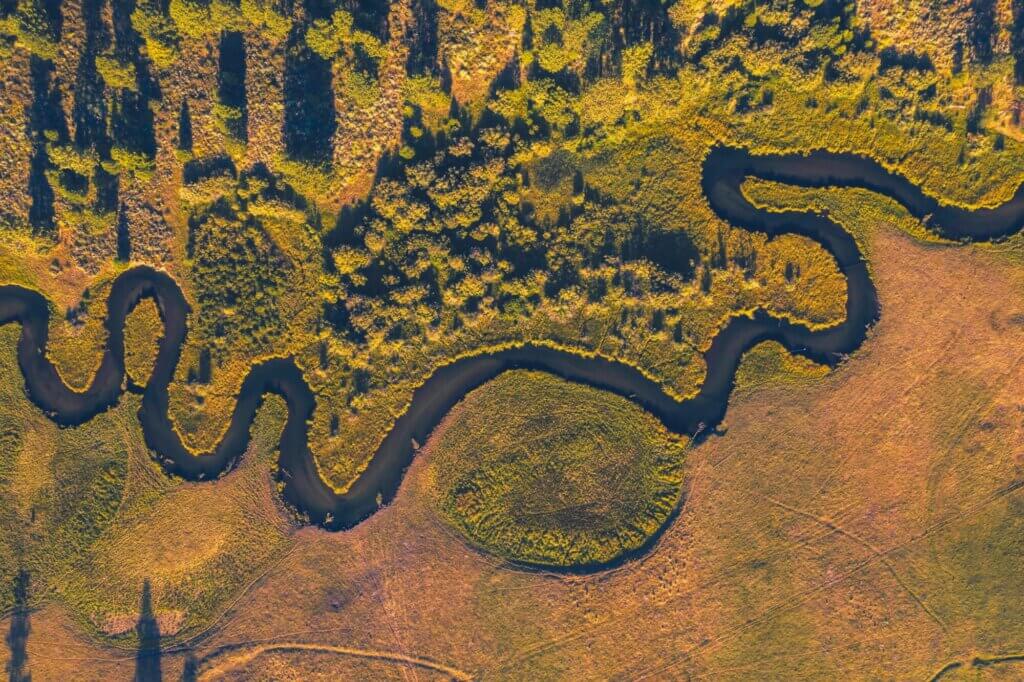
Lessons from a River Restored
When the Klamath River was finally freed, thousands of salmon surged upstream as if no time had passed. Within weeks, otters reappeared, wildflowers bloomed, and a dammed ecosystem remembered how to breathe.
In an era of ecological unraveling and climate grief, this moment wasn’t just environmental, it was emotional. It reminded us that healing is possible, that systems can come back to life. The natural world offers not only metaphors but functional blueprints for how we, too, might adapt, endure, and regenerate.
For over a century, the Klamath River was silenced, trapped beneath concrete, denied its flow and fullness. Dams disrupted ecosystems, Indigenous lifeways, and the annual return of salmon, an iconic species whose lifecycle depends on the ability to travel upstream to spawn. In late 2024, the Klamath was set free. Almost immediately, salmon surged upstream, returning to tributaries where their ancestors once spawned in abundance¹. This was not just ecological restoration, it was nature remembering how to breathe and thrive.
This kind of resurgence is often called post-traumatic growth. But what if we described it as post-traumatic ecology?
Post-traumatic ecology, like its psychological counterpart, names the regenerative potential that follows disruption, but centers systems, not just individuals. It asks us to see healing not as a return to normal, but as an evolution through pain into deeper interconnection.
Emotional resilience is not the absence of suffering. It’s the capacity to reorient toward vitality after disruption. Like rivers, we carry histories and encounter blockages. Yet, given the right conditions and support, we too can flow again. Our inner lives have tributaries, floods, and dry seasons. Our psyches adapt through trauma just as ecosystems adapt through fire, flood, or drought. This process, slow and layered, mirrors secondary succession, the ecological increase in biodiversity after disturbance². It reminds us that healing doesn’t erase the wound, it builds complexity around it.
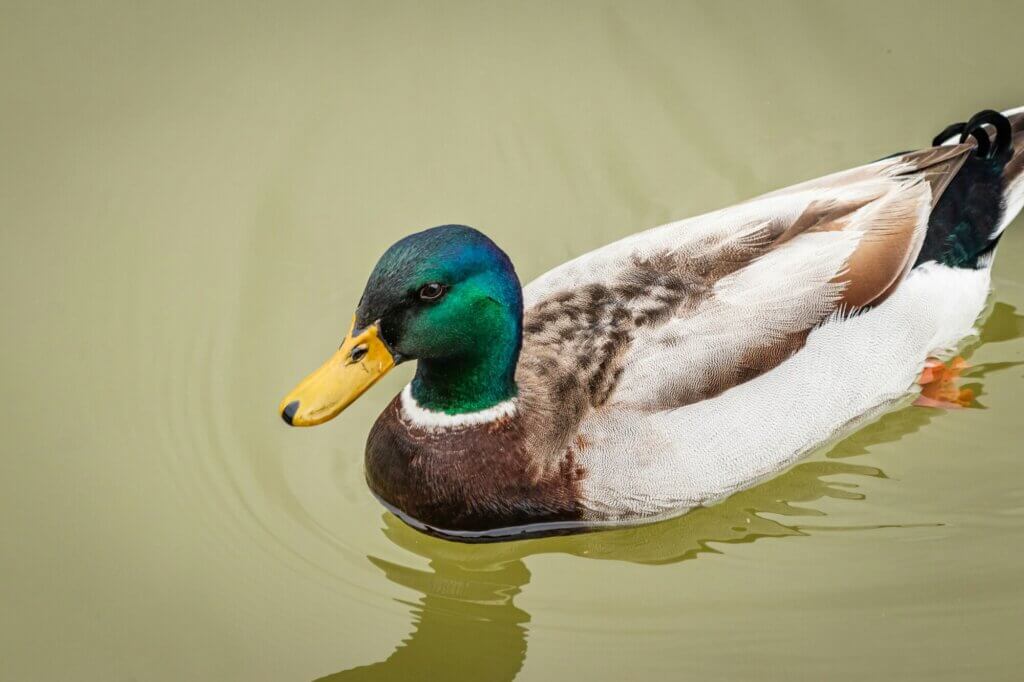
Nature’s Toolkit for Emotional Resilience
One of my favorite metaphors to share with clients comes from ducks in water. Waterfowl have interlocking feathers coated in oil that render them wind and waterproof. When storms roll in, they don’t panic or flee – they shake, ruffle, and dive. Their feathers, when intact, protect them from becoming waterlogged.
Our nervous systems operate similarly. We require care, rest, relationships, art, nature, to allow emotions to move over us without overwhelming us. When clients feel enmeshed in others’ pain, I invoke the duck: a reminder of their emotional autonomy and their innate ability to let emotional energy roll away, rather than soak in.
While biomimicry is most often applied to fields like design, engineering, and technology, I have begun to explore its resonance in the realm of emotional life. In my own practice, I use the term “emotional biomimicry” to describe an extension of these principles into psychology and relational wellbeing.
By emotional biomimicry, I mean drawing on nature’s strategies not for buildings or materials, but for how we regulate, recover, and relate. It is my way of describing how we can embody ecological principles – adaptation, diversity, cyclical regeneration – to restore emotional integrity and resilience.
In this sense, emotional biomimicry is not about denying the storms of life, but about evolving to move with them. It is a lens I offer to clients and communities as an invitation to reimagine resilience- not as hardening against disruption, but as learning from the living world how to flow, mend, and thrive.
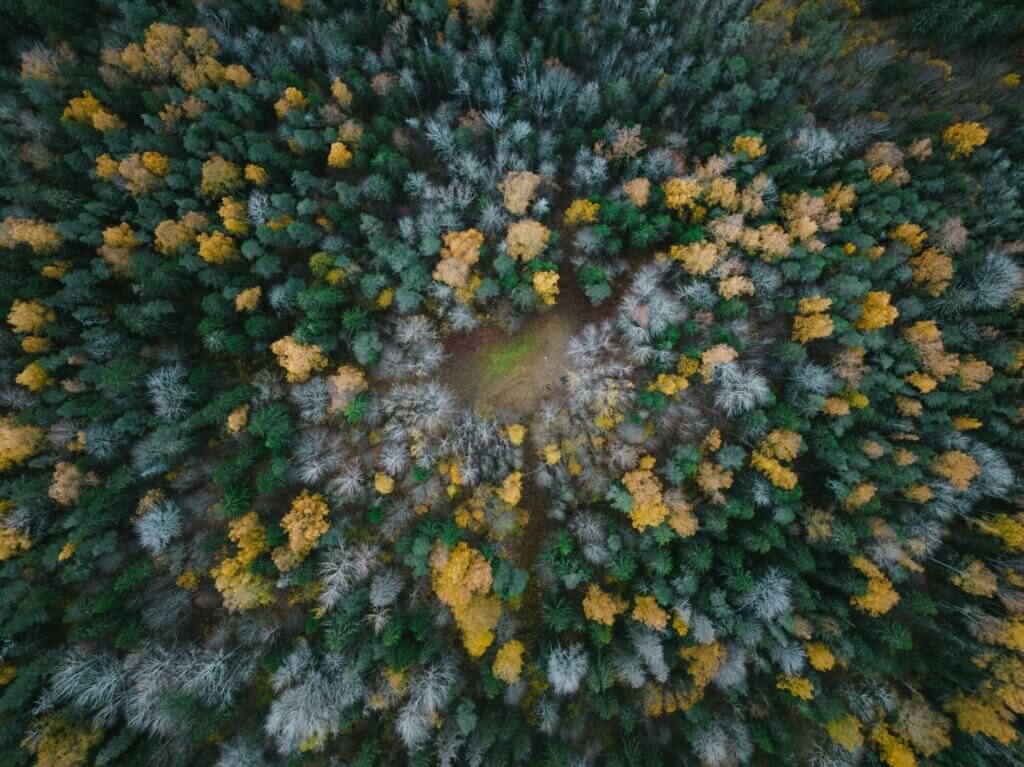
Emotional Resilience as Ecological Integrity
Likewise, resilience doesn’t mean bypassing grief, fear, or rage. It means learning to be with these feelings, to metabolize them, and to be shaped, but not shattered by them. When our inner systems mirror healthy ecological systems – adaptive, diverse, relational, cyclical – we thrive.
In healthy ecosystems, diversity isn’t a threat, it’s a strength. The same is true emotionally. Yet in our hyper-pathologized, dopamine-chasing culture, we often categorize emotions as “positive” or “negative,” rather than recognizing them all as necessary and informative. We distract ourselves from burnout and label grief as a problem. But diversity is necessary to the health of an ecosystem. Dams didn’t introduce a disease into the Klamath River, they disrupted the presence and relationships of diversity of life forms.The same is true for us. Overwhelm, sadness, and anxiety are not personal failures. They are ecological responses – signs that we care, that we are connected, that we are alive to the suffering of the world.
This approach invites us to stop pathologizing our responses to a profoundly dysregulated culture, and to begin honoring our feelings as signs of vitality. Rage, despair, and grief aren’t just symptoms, they are signals and part of what makes us human. Just as the river can carry sediment, salmon, and stillness all at once, we too can carry the full spectrum of emotion; in fact, it’s necessary for resilience.
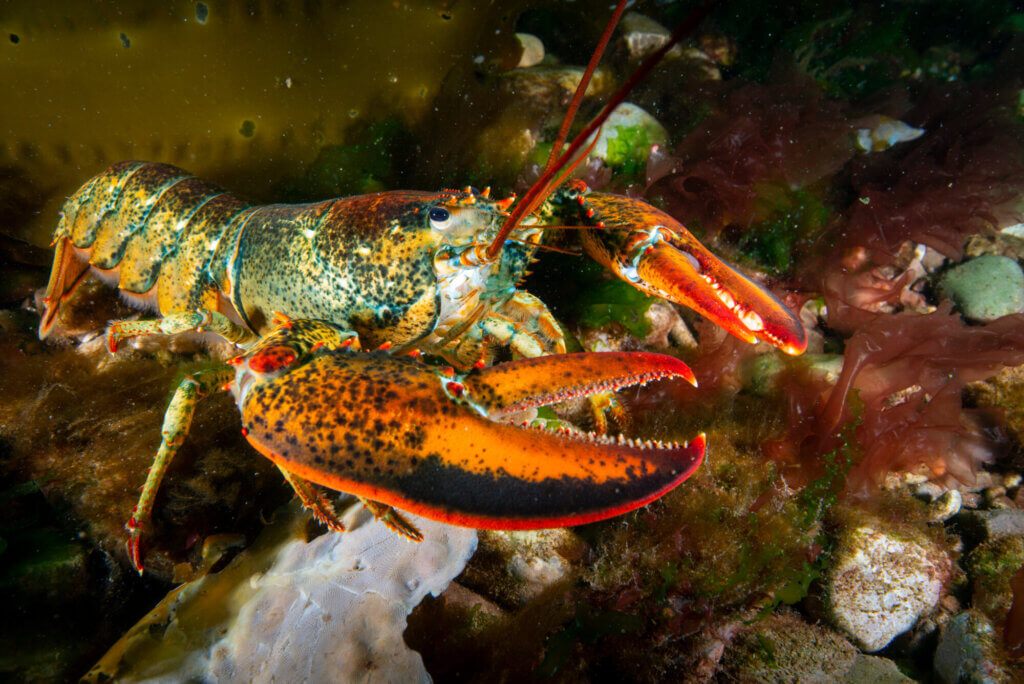
Growth Through Shedding: Lessons from the Lobster
The natural world is full of reminders that growth is rarely easy. Take the lobster. A lobster grows by periodically shedding a rigid exoskeleton in a process called molting. Beneath the old shell, a soft, new, larger one is forming until the pressure causes the old shell to rupture. While waiting for the newly exposed soft shell to harden³, the lobster is vulnerable to predators and infection⁴. Growth is not just uncomfortable, it’s risky – but essential.
Human emotional experience mirrors this, too. We must often shed outdated beliefs, roles, or coping strategies in order to grow. In these moments, we may feel raw, exposed, and uncertain. But just as a lobster’s soft new shell gradually hardens into protection, our tender new behaviors and ways of being can solidify into resilience when nurtured in supportive environments – both internal and external. Practices like self-compassion, grounding, and creative expression form an inner climate of safety, while trusted relationships, communities, and ecosystems provide the outer conditions that allow resilience to take root. Vulnerability, in this light, is not weakness but resilience in the making – strength waiting to be formed.
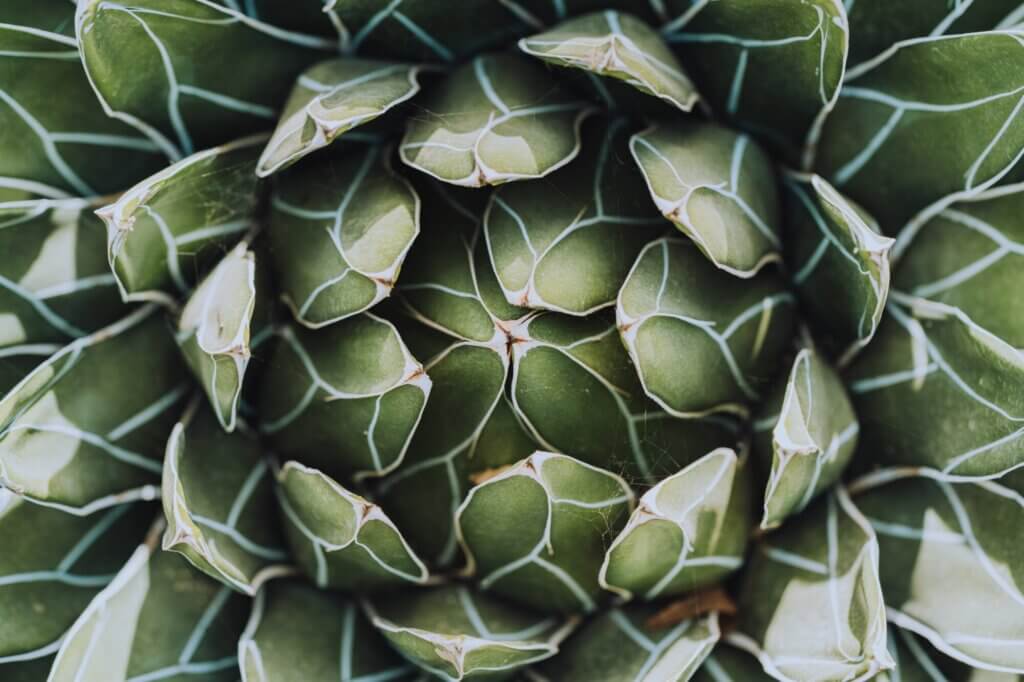
The Art of Listening to Earth’s Emotions
In my work with the Climate Emotions Mandala Project, we explore the full spectrum of feelings stirred by the ecological crisis, from awe to anger, despair to devotion. Many participants express surprise at how grief softens when it is witnessed in community, how rage becomes fuel for change, and how joy, too, insists on being part of the story.
What if resilience wasn’t about toughening up, but about opening to Earth’s pulse within us?
What if biomimicry could guide us not just toward sustainable design, but toward sustainable psyches?
Like the salmon returning to the Klamath, the duck weathering the storm, the lobster yielding to growth, we carry within us blueprints for transformation. May we learn to honor our own post-traumatic ecologies. May we remember how to flow, to molt, to breathe – and to thrive.
Mor Keshet is an Integrative Eco-Art Therapist and the founder of TEVEL. Their work lives at the intersection of creativity, ecology, and collective healing. Rooted in a trauma-informed, relational approach, Mor supports individuals and communities in navigating intergenerational dynamics, climate emotions, grief, and the deeper work of consciousness development.
They created the Climate Emotions Mandala Project, a participatory art and dialogue practice in partnership with the Climate Mental Health Network. Mor also serves as the Long Island Regional Coordinator and Expressive Arts Committee Co-Chair for the Climate Psychology Alliance of North America, and is on faculty with the Climate Emotional Resilience Institute.
At the heart of Mor’s work is a simple belief: healing is not a solitary act, but a shared unfolding. Through art, nature, and presence, they help people repair their relationship with themselves, each other, and the Earth.
Through TEVEL, Mor is building an ecosystem of healing where therapy, education, and community come together in service of resilience and regeneration.
References
- Milman, O. (2024, July 1). Salmon return to Klamath River after dam removal in historic US restoration project. The Guardian. https://www.theguardian.com/environment/2024/jul/01/salmon-klamath-river-dam-removal-california-oregon
- Microbe Notes. (2023). Secondary succession – definition, stages & examples. https://microbenotes.com/secondary-succession
- Massachusetts Division of Marine Fisheries. (n.d.). American Lobster (Homarus americanus). Mass.gov. https://www.mass.gov/service-details/american-lobster-homarus-americanus
- NOAA Fisheries. (n.d.). Molting and growth in lobsters. https://www.fisheries.noaa.gov/species/american-lobster#biology



